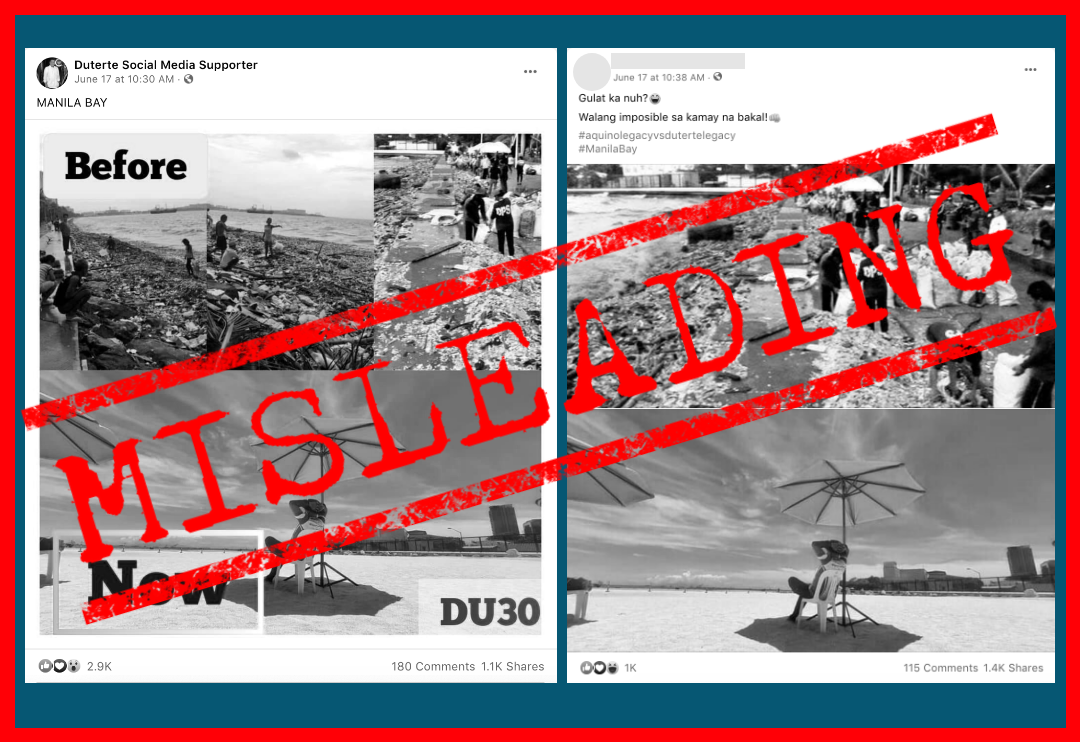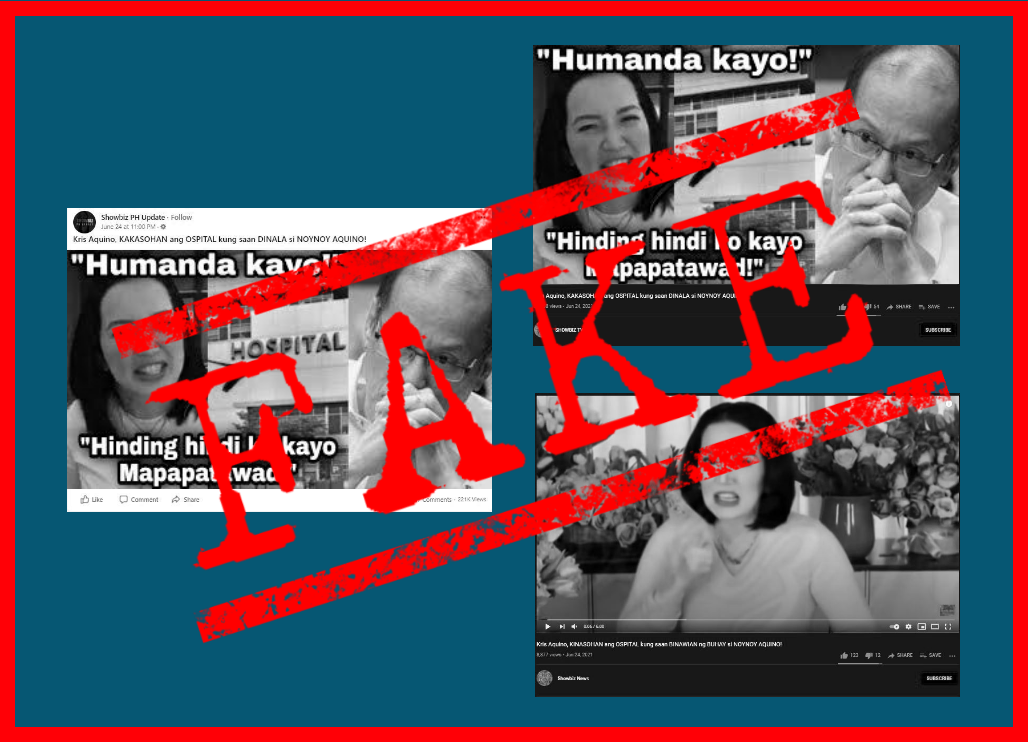By LUZ RIMBAN
THE Philippine National Police’s Board of Inquiry is considering the possibility President Benigno Aquino III may have been on top of, or fully aware of, the Jan. 25 Mamasapano operation in Maguindanao that resulted in the death of 44 troopers of the PNP’s Special Action Force.
The BOI, now almost done with its probe, is looking into how deep the president’s involvement was in the operation to hunt down terrorists Zulkilfi Bin Hir and Basit Usman, considering that 2014 was a banner year in the government’s campaign to arrest high-profile fugitives, with the president himself announcing the operations and subsequent arrests.
Among the fugitives arrested last year were businessman Delfin Lee, the Communist Party of the Philippines leaders Benito and Wilma Tiamzon, and former general Jovito Palparan.
A top-level source privy to the investigation said the board has sent the president a letter asking him to appear and answer some questions. The president has yet to reply.
This act, said the source, is meant to find the truth as much as send the signal that board members want the inquiry to be impartial. Another ABS-CBN source has confirmed that the president was invited to appear before the board.
The source said President Aquino could have spared himself and the country the political crisis it is in had he only taken quick responsibility for Mamasapano, which also left 18 members of the Moro Islamic Liberation Front and at least two civilians dead.
“Dapat inako niya kaagad ang responsabilidad (He should have immediately owned up),” the source said.
“He should have immediately said it was ‘mission accomplished,’ and that the 44 deaths were the price the country had to pay for getting one of the world’s most wanted terrorists,” the source said.
“Dapat sinabi niya, ‘Magluksa tayo at saka imbestigahan’” (He could have said, ‘Let’s mourn first and then investigate’).”
Instead, what followed is what Aquino’s critics have called a failure of crisis management, when no clear answers and accountability were established. This left people speculating about the encounter including, in the immediate aftermath, the possibility that the $6 million bounty was the motive.
As a result of the many unanswered questions, different agencies—the PNP, the Senate, House of Representatives, the Department of Justice, and the Commission on Human Rights—have launched their own investigations into Mamasapano.
The president has maintained he was merely briefed about the operation. He points the finger at then SAF commander Getulio Napeñas as the man responsible for the mobilizing close to 400 troops deployed from various PNP units in Mindanao to hunt down the terrorists who have bounties totaling $6 million on their heads. Napeñas was relieved a few days after the operation.
But apart from failing to manage the crisis, Aquino has been criticized for committing public relations fiascos and protocol failures—his absence at the arrival of the SAF troopers’ remains from Maguindanao in Villamor Airbase on Jan. 29 to attend a car company event, and his dealings with relatives of SAF troopers including out-of-turn remarks made to families following up death benefits on Feb. 18.
Instead of quickly owning up to Mamasapano, Aquino waited three days before addressing the nation on live television on Jan. 28, and only to tell the public that he, too, had questions about the encounter, effectively saying he was not on top of the operation.
He addressed the nation again on Feb. 6, to accept the resignation of PNP chief Alan Purisima. In what appeared to be coordinated appearances, Purisima came out on national television just minutes after Aquino’s address.
The president’s actions have given rise to speculation he was shielding Purisima, a long-time friend who is said to have pushed the operation to serve warrants of arrest on Marwan and Usman.
What is clear, however, is that President Aquino has always been in the know when it comes to operations against high-profile fugitives.
In early March 2014, the members of the Philippine National Police’s Task Force Tugis arrested the fugitive businessman Delfin Lee who is allegedly responsible for absconding with P6.6 billion in Pag-ibig funds for a ghost housing project.
“Masasabi ko lang, palagay ko pag nagtagumpay ang isang kasalukuyang operasyon, mabibilib kayo doon sa kalibre ng mga nadakip at madadakip (I can only say that you’ll be awed by the caliber of those already arrested and to be arrested, once another ongoing operation succeeds),” Aquino said on March 19, 2014, days after Lee’s arrest.
The president could have been referring to the couple Benito and Wilma Tiamzon, leaders of the Communist Party of the Philippines, who were arrested by combined elements of the Armed Forces of the Philippines and the PNP in late March 2014.
In August, the National Bureau of Investigation arrested the fugitive retired Gen. Jovito Palparan, who had been in hiding for three years, and who is wanted for human rights violations.
Presidential Communications Operations Office chief Herminio Coloma Jr., in a press briefing, had said Palparan’s arrest showed that President Aquino was determined to bring to justice high-profile fugitives.
“Patuloy ang pagkilos ng ating mga alagad ng batas para sila ay matunton at mapanagot (Our law enforcers continue to work to make these fugitives accountable),” Coloma said in a press briefing.
Two weeks after Palparan’s arrest, the president told Bombo Radyo in an interview that there were other developments related to the possible arrest of another high-profile fugitive.
“Meron pong developments pero hindi ko po puwedeng sabihin sa inyo (There are development but I can’t divulge them to you),” Aquino said.
Press reports have identified the remaining fugitives only as the former congressman Ruben Ecleo Jr and former Palawan governor Joel Reyes and his brother Mario.
Although the president never mentioned the names of Marwan and Usman, police officials have confirmed to the Senate that plans to take them out in Mamasapano were made but aborted in April, May, June, November and December 2014. The plans were called Wolverine and Terminator, and eventually Exodus when it was finally implemented on Jan. 25.
Wolverine was supposed to have been first enforced in April 2014, but was aborted supposedly because of the failure to coordinate with the Ad Hoc Joint Action Group that coordinates with the Moro Islamic Liberation Front, with which the government is engaged in peace talks.
The operational guidelines of the ceasefire between government forces and the MILF require the Ad Hoc Joint Action Group (AHJAG) to inform them 24 hours prior to any military or police operations, except if the operation is against a high priority target.
The PNP source said what eventually became the Jan. 25 Oplan Exodus was a perfect plan that would have gone down in the annals of the PNP as a classic operation. The strike to get Marwan succeeded, and the 38 troopers from the 55th SAF command managed to kill Marwan, as it had planned to do. It was the exit out of Brgy Tukanalipao that proved difficult and caused the death of the 44 troopers.
(Vera Files Trustee Luz Rimban is also supervising producer of The World Tonight on the ABS-CBN News Channel.)





